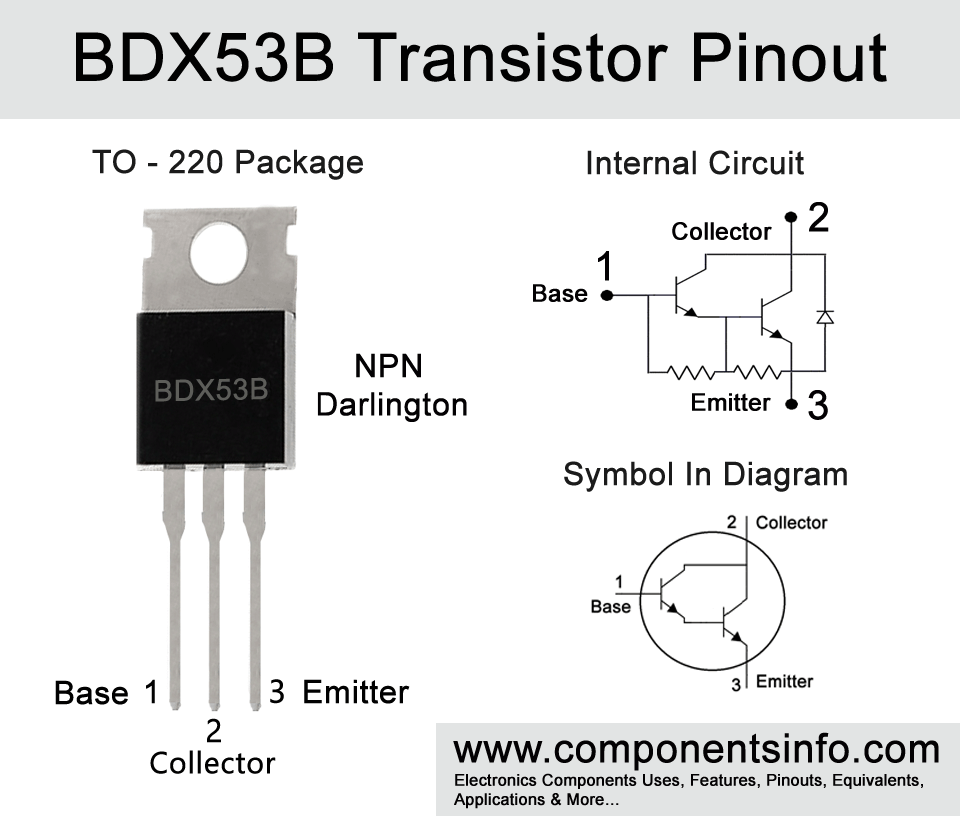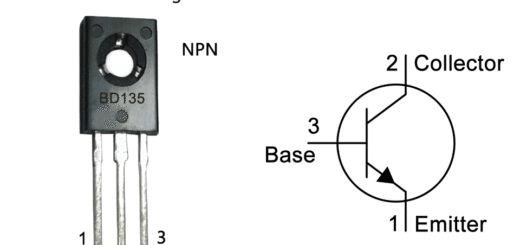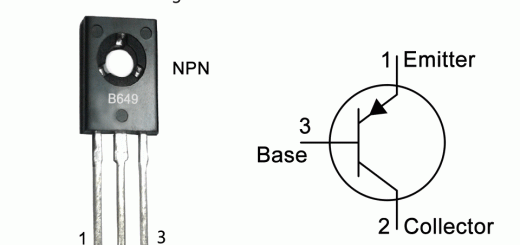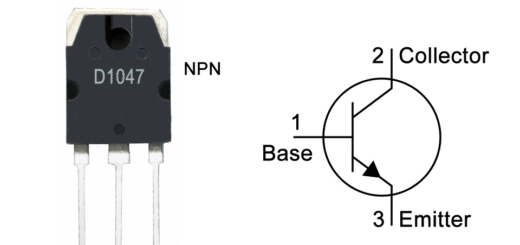BDX53B Transistor Pinout, Applications, Features, Equivalents and Other Related Info
BDX53B is an NPN Darlington transistor that comes in TO-220 package. This article contains all the essential information about BDX53B transistor such as its pinout, applications, features, equivalents and other related info.
Absolute Maximum Ratings:
- Package Type: TO-220
- Transistor Type: NPN Darlington
- Max Collector Current(IC): 8A
- Max Collector-Emitter Voltage (VCEO): 80V
- Max Collector-Base Voltage (VCBO): 80V
- Max Emitter-Base Voltage (VEBO): 5V
- Max Collector Power Dissipation (Pc): 60 Watt
- Minimum DC Current Gain (hFE): 750
- Max Storage & Operating temperature: -65 to +150 Centigrade
NPN Complementary:
PNP Complementary of BDX53B is BDX54B
Replacement and Equivalent:
TIP101, TIP132, TIP102, TIP131, BDX33B, BDX33C, BDX53C, MJF6388, BDW93B/C, BDW73B/C, BDW43, BDW42, BDS41, BDT65A/B/C, 2N6532, 2N6388, NTE263, NTE2343, 2SD1895, 2SD1124 BD269A, 2SD498.
BDX53B Transistor Explained / Description:
BDX53B is a medium power NPN Darlington transistor available in TO-220 package with quite good specs. The maximum collector current of the transistor is 8A, max collector-emitter voltage is 80V, max collector-base voltage is also 80V, max emitter-base voltage is 5V and max power dissipation is 60 Watt.
The transistor is designed to use in general purpose switching and amplifier applications but can also be used in other applications which are mentioned below. BDX53B is a transistor of BDX53X series in which you will also find other transistors such as BDX53, BDX53A and BDX53C. All these transistors have almost same electrical characteristics except some voltage differences and can still be used if you are using it to drive low voltage loads. For example if your load requirements are under 30V then you can easily replace it with any of the series but if your load requirements are more than that then you have to carefully consider them according to their collector-emitter voltage. I suggest that you select the transistor which have at least 15V to 20V higher collector-emitter voltage then your load requirements which will ensure the safety of your circuit by not overloading the transistor. Moreover you can also use other alternative transistors mentioned above but the same goes with the other alternative transistors that you should use a transistor that’s collector-emitter voltage ratings will be at least 15V to 20V higher that your load requirements.
Where We Can Use it & How to Use:
BDX53B can be used in amplifiers, switching circuits and hammer drivers but it can also be used in a wide variety of other general purpose applications.
For using the transistor as a switch first of all check its pinout and then connect its Emitter pin with the negative supply of the circuit, its Base pin with the input signal from which you want to control the load, and the Collector pin will be connected with the negative supply of the load and the positive supply of the load will be connected with the positive rail of the circuit. A suitable resistor of at least 1K should be used between base and the signal source.
For using it as an amplifier it is to be noted that there are many types of amplifiers and you have to decide which to build according to your requirements. Different types of amplifiers require different circuit designs. Here we are showing how to use the transistor to make a simple amplifier circuit. To use it as an amplifier the Emitter pin will be connected with the negative supply/wire of the circuit, Base pin will be connected with the signal source you want to amplify through a suitable capacitor and the collector pin will be connected with the speaker and the other wire of the speaker will be connected with the positive supply.
Applications:
Audio Amplifiers
Switching Circuits
Motor Control
DC to DC Converters
Voltage Regulation
Voltage inverters
Pulse Generator
LED Drivers
Battery Operated Applications
Safe Operating Guidelines:
Operating guidelines of the transistor are as follows.
- To safely operate the transistor do not use it to its absolute maximum ratings and always stay 20% below from these ratings.
- The maximum collector current of the transistor is 8A so according to the above safety operating rule of 20% we will not drive load of more than 6.4A.
- The max collector to emitter voltage is 80V but according to the 20% rule, we will not drive load of more than 64V.
- The -65°C to 150°C is the temperature range of the transistor so if you are using it in normal temperature there is no need to take any special care but a heatsink will still be needed. Moreover, if you are using it in extreme high or extreme low temperature then you should not go beyond the max limits of the transistor which are from -65°C to 150°C.
Datasheet:
To download the datasheet just copy and paste the below link in your browser.
https://datasheetspdf.com/pdf-down/B/D/X/BDX53B_FairchildSemiconductor.pdf



